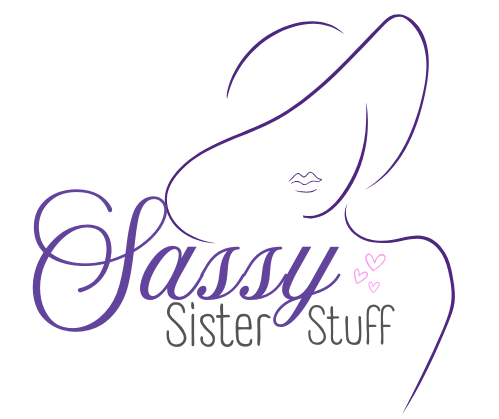12 Things Millennials Are Letting Die Off and Why It’s Changing the World
You might have noticed how some traditions and habits seem to be fading away, especially among millennials. This generation is approaching life in new ways that sometimes lead to letting certain things slowly disappear.
Understanding what millennials are letting die off can give you insights into shifting values and lifestyles. It’s a look at how changes in priorities affect the everyday choices you and others make.
Physical newspapers

You might notice that physical newspapers aren’t as common as they used to be. Many millennials prefer to get their news on smartphones or laptops instead.
Holding a newspaper feels slow compared to scrolling through headlines online. You can quickly check stories, videos, and updates all in one place.
Plus, newspapers can be less convenient. They take up space, and you can’t easily search for specific topics like you can online.
That said, some people still enjoy the feel of paper and the routine of reading a morning paper. But for many, digital news fits better with your fast-paced, on-the-go lifestyle.
Landline phones
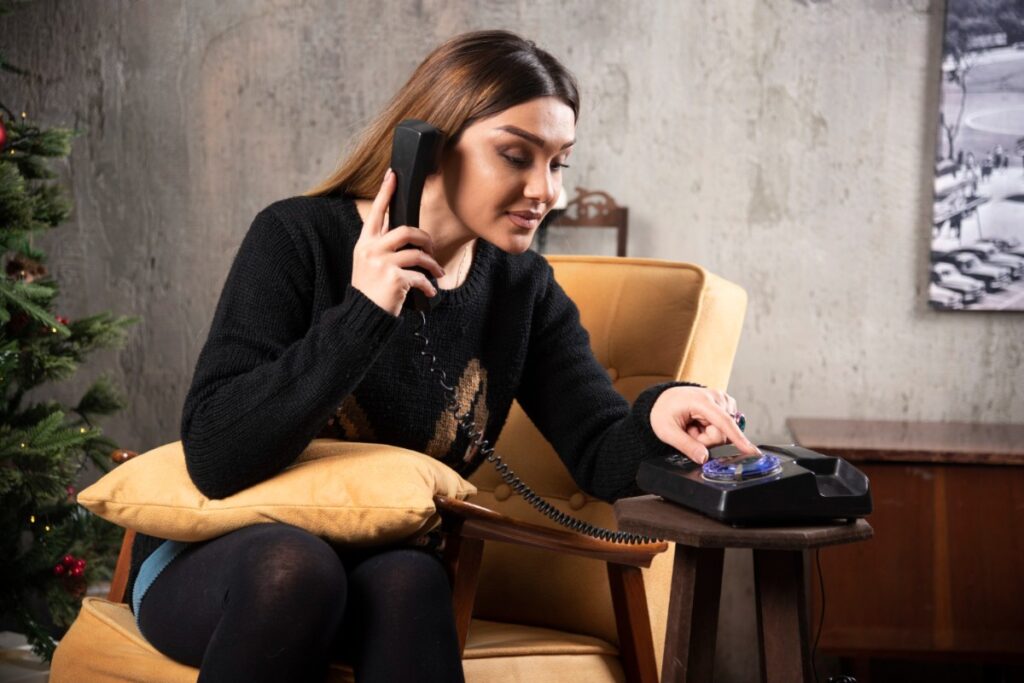
You probably don’t even have a landline phone at home. Many millennials grew up with cell phones and never felt the need to keep a traditional phone line.
With smartphones in your pocket, calling from a fixed line feels unnecessary. You rely on texting, apps, and mobile calls instead.
Landlines were once essential for every household. Now, internet and mobile services cover all your communication needs.
You might still see landlines in offices or older homes, but their use is steadily declining. Keeping one often seems like an added expense.
If you move into a new place, setting up a landline could feel outdated. Most people prioritize fast internet over a dedicated phone line nowadays.
DVD rentals
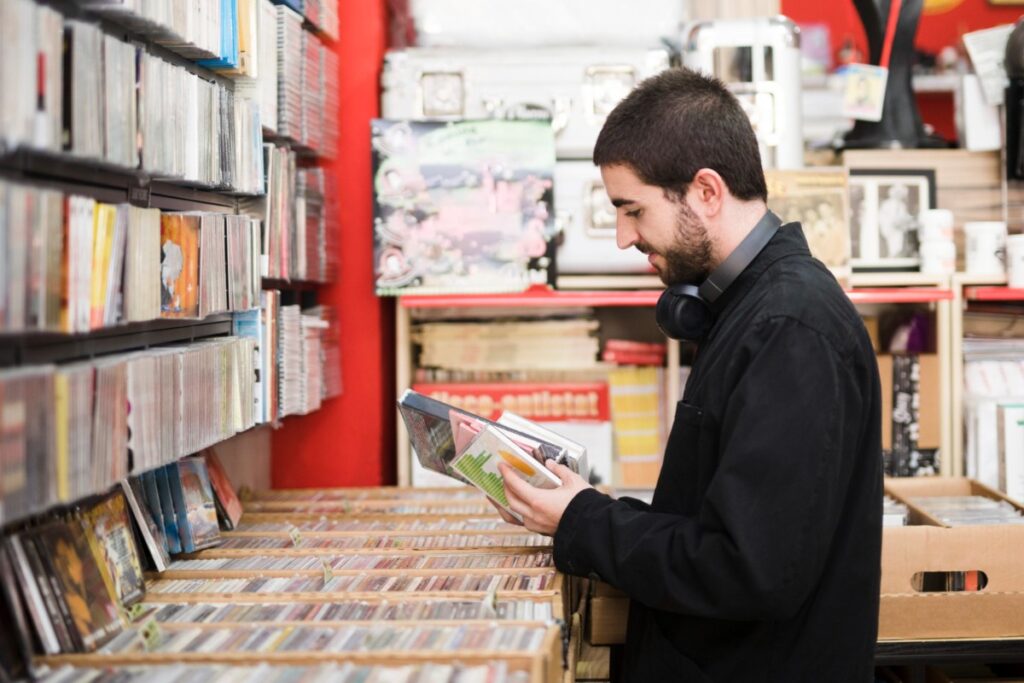
You probably remember the days when renting DVDs was a regular weekend activity. You’d pick up a stack of movies from stores like Blockbuster or Redbox and settle in for a movie night.
Now, though, most people skip the trip to the rental store. Streaming services make it easier to watch what you want instantly, without leaving your couch. This shift means fewer physical DVDs are being rented or bought.
If you still use DVD rentals, it’s often because you want a specific movie not available online. But even those occasions are rare. The convenience of digital libraries is hard to beat.
As a result, the DVD rental business has shrunk considerably. Many stores have closed or switched to other formats, reflecting how much your viewing habits have changed.
Checkbooks

You probably haven’t written a check in years. Many millennials grew up with online banking and payment apps, making checkbooks feel outdated.
Using a check often takes more time than tapping your phone to send money instantly. You don’t usually carry a checkbook around, so it’s easier to skip it altogether.
Some businesses still accept checks, but they’re quickly becoming a rare payment method. If you do use one, it’s usually for formal occasions like rent or specific bills.
It’s not about forgetting how to write a check; it’s more about convenience. Digital payments fit well with your fast-paced lifestyle and busy schedule.
Checks also have extra steps, like mailing and waiting for processing. With apps, you get immediate confirmations, making checks feel less practical.
Traditional cable TV
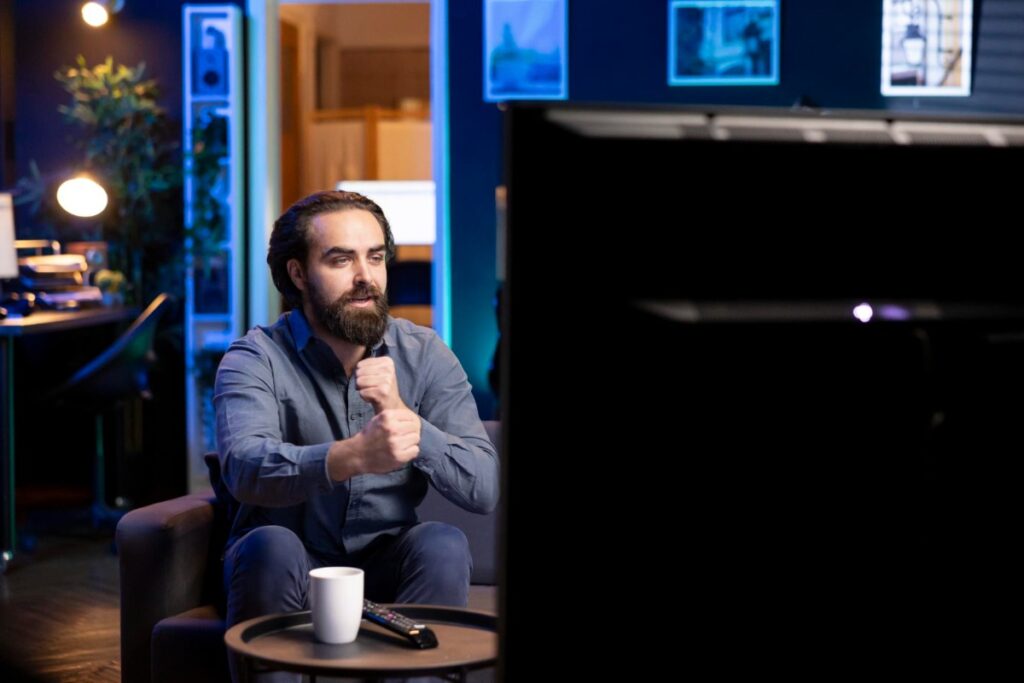
You’re probably noticing fewer people signing up for traditional cable TV these days. Streaming services have taken over, offering more flexibility and choices without the long contracts.
With cable, you’re tied to a fixed schedule and a bundle of channels you might not even watch. Streaming lets you pick exactly what you want, when you want it.
Cutting cable can save you money, too. Many find they spend less by paying for a few streaming subscriptions instead of a full cable package.
Plus, streaming works across devices. You can watch on your phone, tablet, or laptop—resting on the couch isn’t your only option anymore.
So, if you haven’t already, you might want to reconsider keeping cable. It’s becoming more of an old-school choice as on-demand content wins out.

You probably don’t check your email as often as you used to. With social media and apps delivering quick updates, email newsletters have lost some of their appeal.
Many millennials prefer getting news or deals through platforms like Instagram or Twitter instead of sifting through crowded inboxes. The simpler, faster ways to consume information have become the norm.
That doesn’t mean newsletters are gone for good. You might still subscribe to a few trusted ones, but the broad interest in daily or weekly emails is definitely shrinking.
You’re more likely to skip or delete newsletters that feel too long or salesy. Short, relevant emails have a better chance of catching your attention.
It’s easy to see why email newsletters aren’t as popular. They take your time and don’t always offer the instant gratification you get from other sources.
Printed maps

You rarely reach for a printed map anymore. Smartphones and GPS apps give you directions instantly, making paper maps feel old-fashioned.
Printed maps take up space and can be tricky to read when you’re in a car or on foot. Your phone updates routes in real-time, which a paper map can’t do.
Some people still like printed maps for road trips or when traveling to places with poor signal. But for everyday use, you likely depend on digital maps the most.
You might miss flipping through a map to discover hidden spots. Still, the convenience of your phone’s navigation usually wins out. Printed maps are becoming a thing you see more in museums than in your glove compartment.
Wristwatches
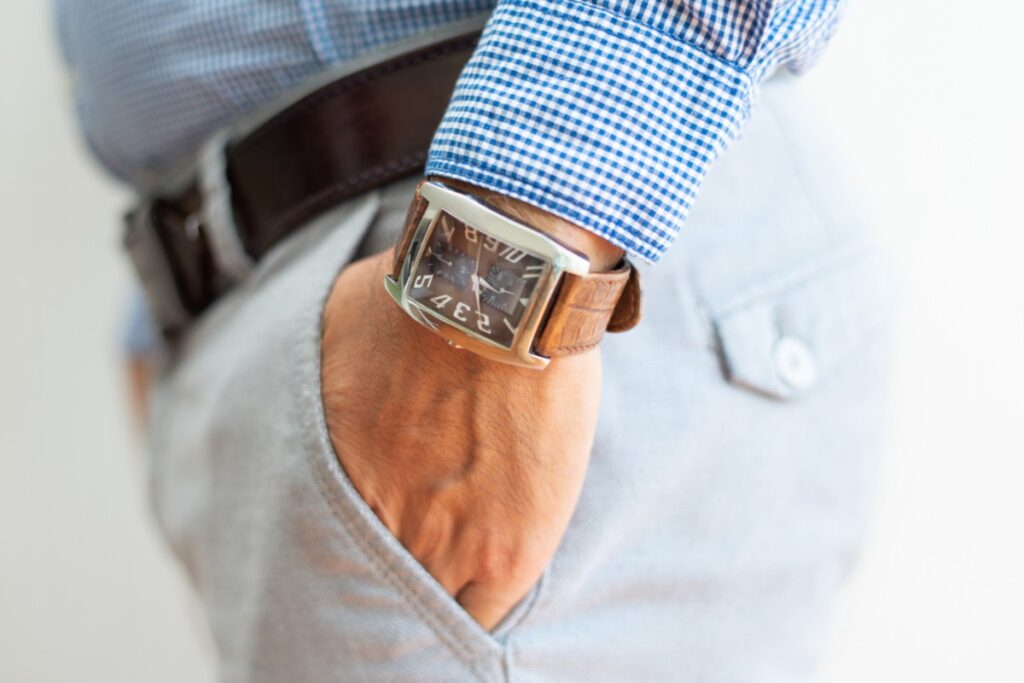
You probably don’t wear a wristwatch as much as previous generations did. Smartphones have taken over the job of telling time, making watches less necessary.
Many millennials see wristwatches more as a fashion accessory than a functional item. Some still enjoy wearing them, but they’re often chosen for style rather than utility.
Smartwatches have also changed the game. They blend technology and traditional wristwear, appealing to those who want more than just the time on their wrist.
If you’re like most millennials, you likely rely on your phone or smartwatch to keep track of time rather than a classic wristwatch. The traditional watch is quietly becoming less common in day-to-day use.
Morning coffee from cafes

You might notice that fewer millennials start their day with coffee from a cafe. Convenience often wins over the experience of visiting a coffee shop. With busy schedules, many prefer making coffee at home or grabbing it from a drive-thru.
Ordering a personalized coffee can feel time-consuming. Plus, the cost of daily cafe visits adds up quickly. You may find it easier to brew a cup yourself, saving both time and money.
Home coffee setups have improved a lot. You can create a quality cup without leaving your house. Whether it’s a simple drip coffee or a fancy espresso machine, these options make cafe visits less necessary.
The social aspect of cafe visits still appeals to some. But for many, it’s easier to catch up with friends elsewhere. As a result, the ritual of morning coffee from cafes is slowly fading in daily routines.
Credit card swiping
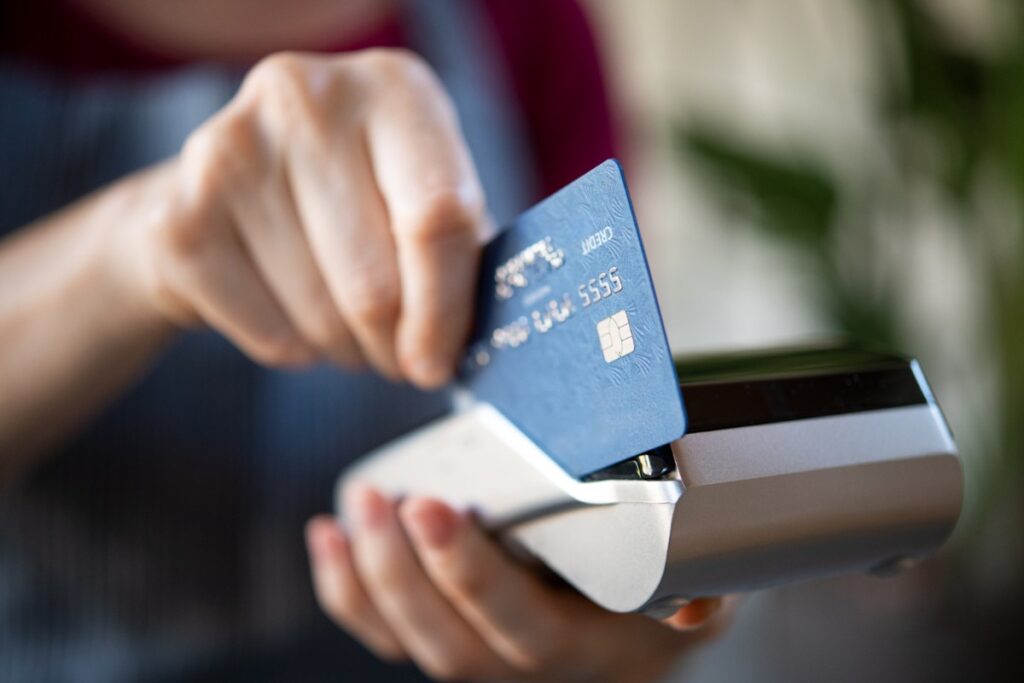
You probably don’t swipe your credit card as much as people did before. Chip readers and contactless payments have mostly replaced the old swipe method.
With just a tap or inserting your card, transactions usually feel faster and more secure than swiping. Many cards even don’t come with a magnetic stripe anymore.
If you think about it, swiping is slowly becoming a relic of the past. Most places prefer chip or contactless payments because they reduce fraud risks.
So, the next time you’re paying, chances are you won’t be swiping your card at all. It’s a small change, but it shows how payment technology keeps evolving around you.
Casual dating

You might notice that casual dating isn’t as common among millennials. Many prefer meaningful connections over brief encounters.
Apps and online dating have shifted how people meet. Instead of casual meetups, you may find more intentional searching for compatible partners.
With busy lifestyles and career focus, casual dating can feel less appealing. You could be prioritizing deeper relationships that fit your long-term goals.
This change doesn’t mean casual dating has disappeared, but you might see it evolving. People often look for respect and clear communication, even in lighter connections.
Facebook usage
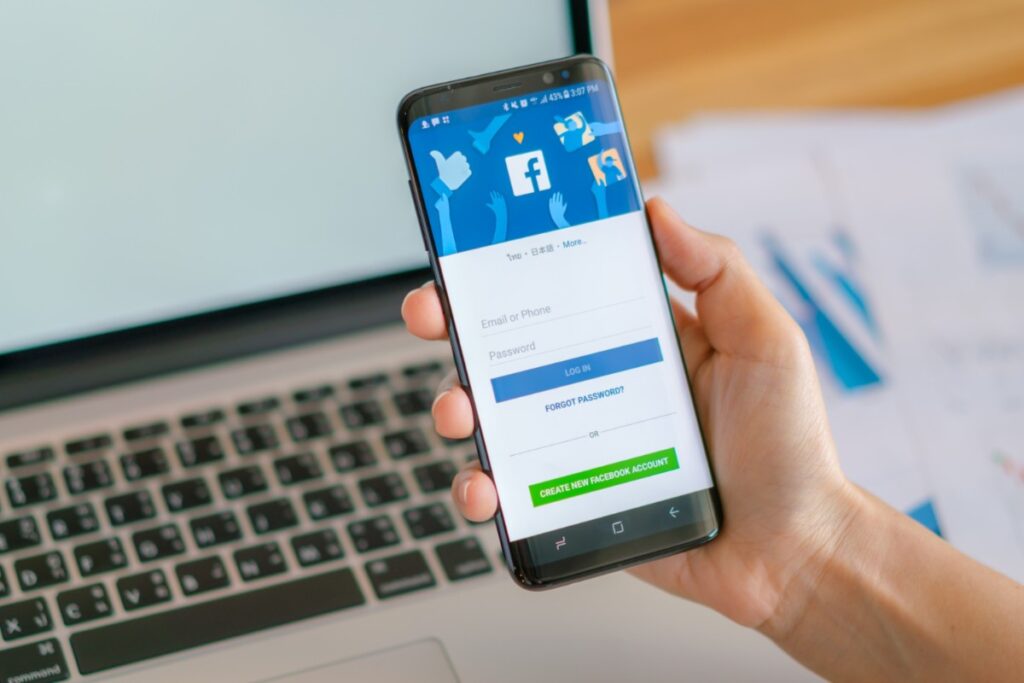
You might notice that Facebook isn’t really the go-to social platform for many millennials anymore. While it was popular when you were younger, your focus has shifted to apps like Instagram, TikTok, or Snapchat.
Facebook often feels less personal and more cluttered with ads and sponsored content. This makes it less appealing when you want to connect with close friends or share authentic moments.
Many millennials prefer platforms that emphasize visual content or quick, engaging videos. These apps offer a faster, more entertaining way to stay in touch without the noise you find on Facebook.
You might also feel that Facebook is better suited for older generations, which can make you less interested in using it regularly. It’s where your parents and relatives often hang out, rather than your peers.
Still, you probably check Facebook occasionally for events or groups, but it’s no longer a primary space for your social life or news. Your interactions there tend to be more casual and infrequent now.
